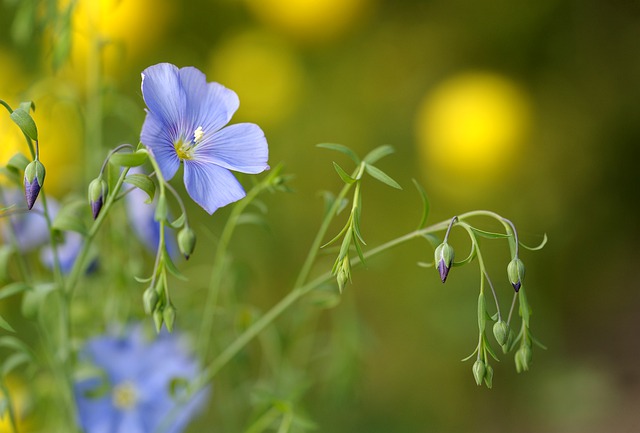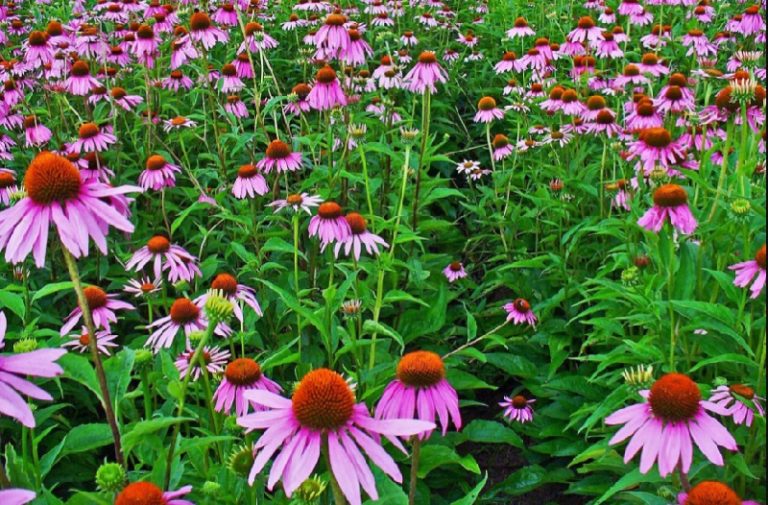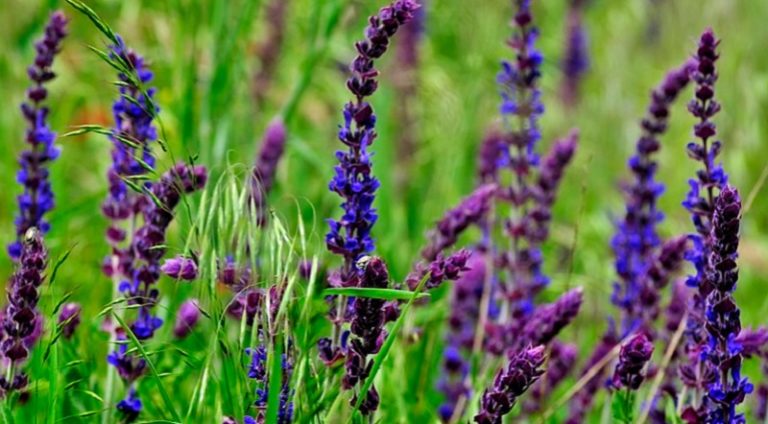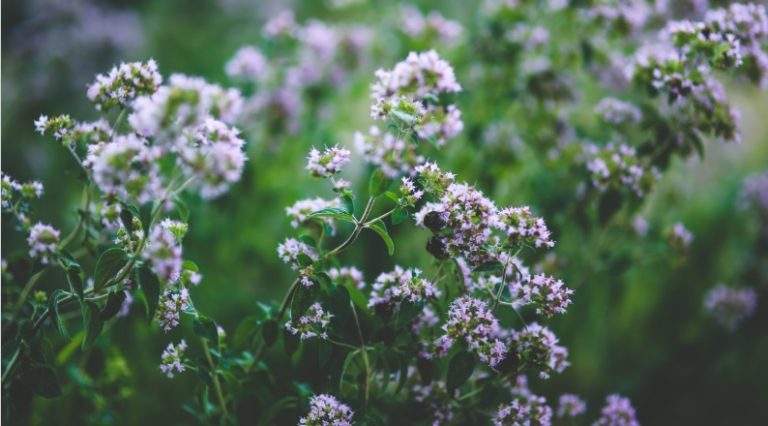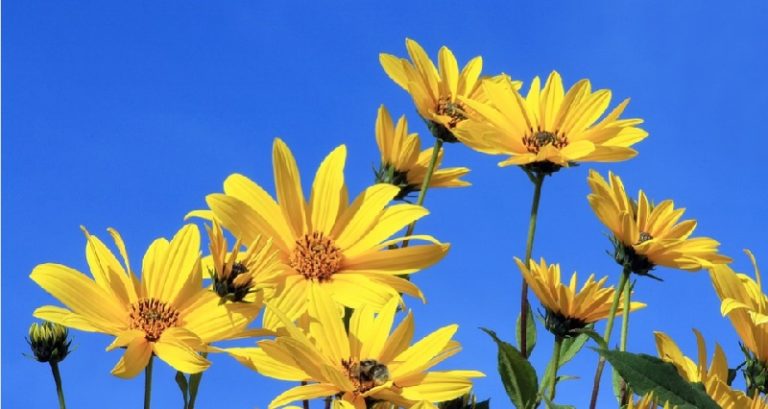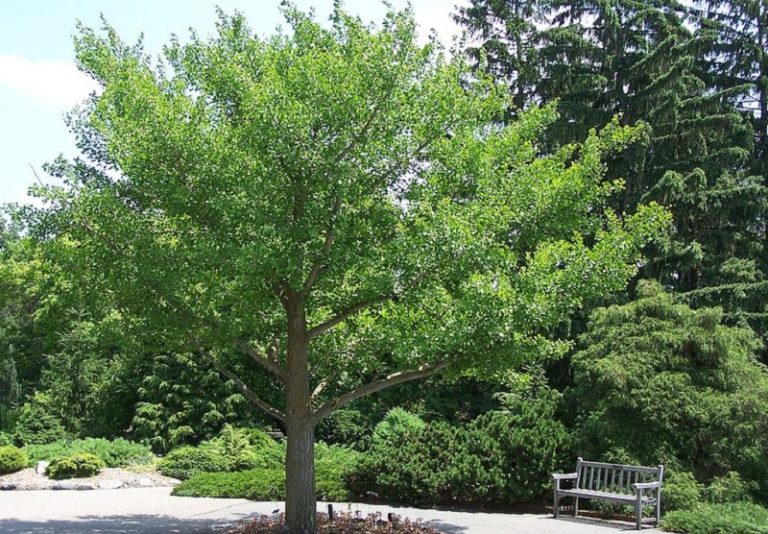Common flax: description, harvesting and storage, medicinal properties
Flax is used in industry as a valuable hemp raw material and for the manufacture of oil. Its medicinal properties are also well known.
Other names for common flax
Sowing flax, flax-long; in Latin: Linum usitatissimum; in Russian: len ordinary.
Description of common flax (what it looks like)
Common flax is an annual herbaceous plant with a tall cylindrical stem 70-100 cm high. Branches with narrowly lanceolate sessile leaves are concentrated on the upper part of the stem.
Blue 5-petal flowers with dark blue veins are collected in sprawling corymbose inflorescences.
The fruit is a box in which smooth brown seeds ripen. It tastes sweetish, odorless.
It blooms in June-August.
The fruits ripen in August-September.
Regions of growth of common flax
Flax is grown in Ukraine, Belarus, the Volga region, the North Caucasus and Central Asia.
Harvesting and storage of common flax
Flax seeds are used for medicinal purposes. It is harvested in the fall and then dried in the open air. In folk medicine, stems are also used. They are also dried in the fall. But the fibers and especially the flax sprouts contain the glycoside linamarin, which is broken down into poisonous hydrocyanic acid, glucose and acetone.
The chemical composition of flax
Flax seeds contain about 40% oil, 6-8% mucous substances, up to 24% proteins. It also contains organic acids, vitamins (in particular ascorbic acid, carotene), enzymes, carbohydrates.
Pharmacological effect of flax
Thanks to mucous substances, flax has an enveloping, anti-inflammatory effect. Its seeds are used to treat diseases of the gastrointestinal tract, urinary tract and respiratory organs (in particular, with inflammatory processes, with poisoning).
Flax is also used as a mild laxative. Both seeds and linseed oil are suitable for this purpose.
Flaxseed oil is also used to heal wounds and burns. It is also used to make a drug for the prevention and treatment of atherosclerosis.
According to the materials:
- Medicinal plants: Encyclopedic reference book/Rev. Ed. A. M. Grodzinsky. — Kyiv: Ukrainian Encyclopedia. M. P. Bazhana, Ukrainian Production and Commercial Center Olympus, 1992.
- Mamchur I. Handbook of phytotherapy. — Kyiv: Health, 1984.
- Nosal M. A., Nosal I. M. Medicinal plants and ways of their application among the people. — Kyiv, 2013.
- Karhut V. V. Medicines around us. — Kyiv: Zdorov’ya, 1974.
- Alekseev I. S. Complete Atlas of Medicinal Plants. — Donetsk: Gloria Trade, 2013.
- Lypa Y. I. Medicines under the feet: On treatment with plants. — Kyiv: Ukraina, 1996.

